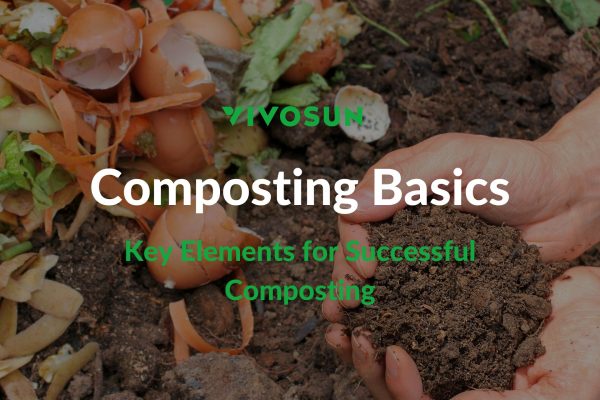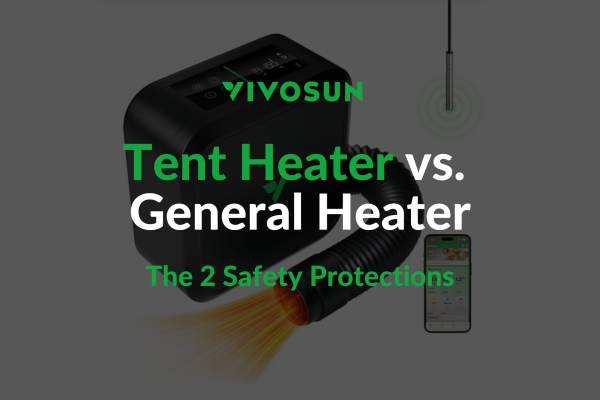What is pH? – Effects of Nutrient Solution PH on Plants
The pH value indicates the acidity and alkalinity of the solution. It is the logarithm of the reciprocal of the hydrogen ion concentration in water, and its range is 0-14. If the pH value is equal to 7, the solution is neutral, and if it is less than 7, it is acidic. The smaller the value, the stronger the acidity. A value greater than 7 is alkaline, and the larger the value, the stronger the alkalinity.

The pH affects the availability of nutrients to plants, as well as plant growth and development. Different plants have different optimal pH ranges for nutrient absorption and metabolism. For cannabis plants, the optimum pH for soil cultivation is 6.0-7.0; for hydroponics and soilless cultivation, the optimum pH is 5.5-6.5.
The pH of a nutrient solution can change over time for several reasons, such as the type and concentration of the nutrient solution, water quality, temperature, plant uptake, and microbial activity. Therefore, it is important to regularly monitor and adjust the pH of the nutrient solution to ensure optimal plant growth and health.
Some of the effects of nutrient solution pH on plants are:
Low pH (<5.5): Low pH can lead to nutrient deficiencies, especially calcium, magnesium, phosphorus, and micronutrients. It also increases the solubility of toxic elements, such as aluminum and manganese, which can damage plant roots and interfere with nutrient uptake. Low pH also affects the activity of microbes in the root zone, reducing beneficial bacteria and fungi that aid in nutrient cycling and suppress disease.
High pH (>7.0): High pH can also lead to nutrient deficiencies, especially iron, zinc, copper, manganese, and boron. It also reduces the availability of nitrogen and phosphorus, which are essential for plant growth and development. High pH also affects the activity of microbes in the root zone, increasing the risk of root rot and other diseases.
How do you test pH? – Effects of Nutrient Solution PH on Plants
The cheapest way to test is with pH paper. Take 1-2 drops of nutrient solution onto the test paper, use the color card to compare with the color on the test paper, and read the corresponding pH value. The disadvantage of using pH test paper is that it cannot accurately detect the pH value.
Another method is to use a pH detector, such as VIVOSUN’s pH detector pen, which is very simple to use. Once the device is calibrated, simply insert it into the nutrient solution to get an accurate reading of the solution’s pH.

When it is detected that the pH is too high or too low, it is necessary to adjust the pH value of the nutrient solution. Various methods can be used, such as adding acid or alkaline solutions, using pH buffers, or changing the water source or nutrient solution composition. The goal is to keep the plant’s pH stable and right without causing wild swings or salt buildup in the nutrient solution.
Whether it’s a cannabis plant or something else in your garden, you need to monitor and manage the pH of your plant’s roots. That way, you’ll be better able to ensure your plants are growing optimally and getting a good harvest.
As always if you have any questions you can message our Instagram or Facebook and we’ll be glad to help you out! We’re happy you’re on this journey and we want to help in any way we can.






